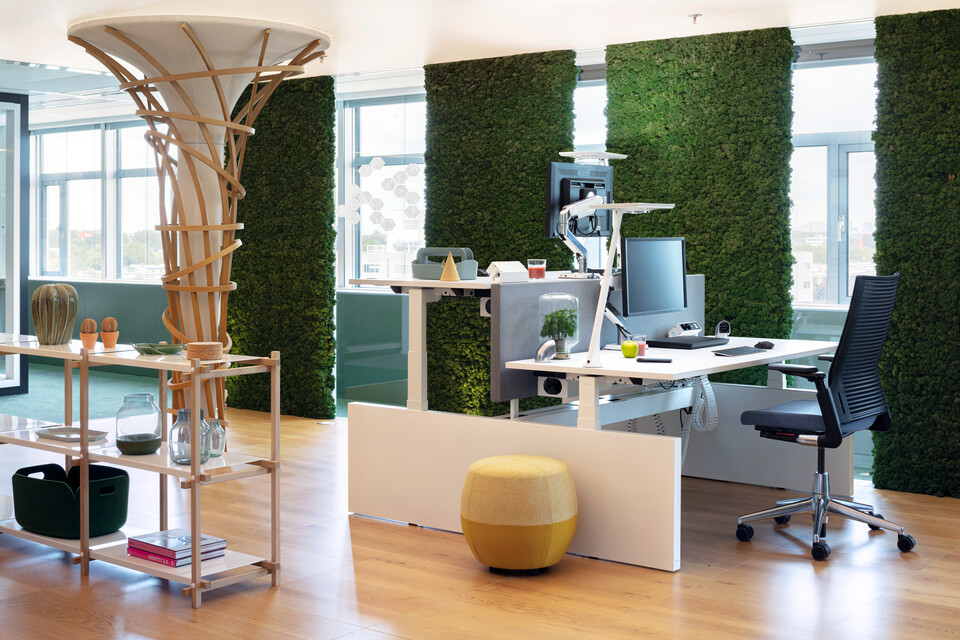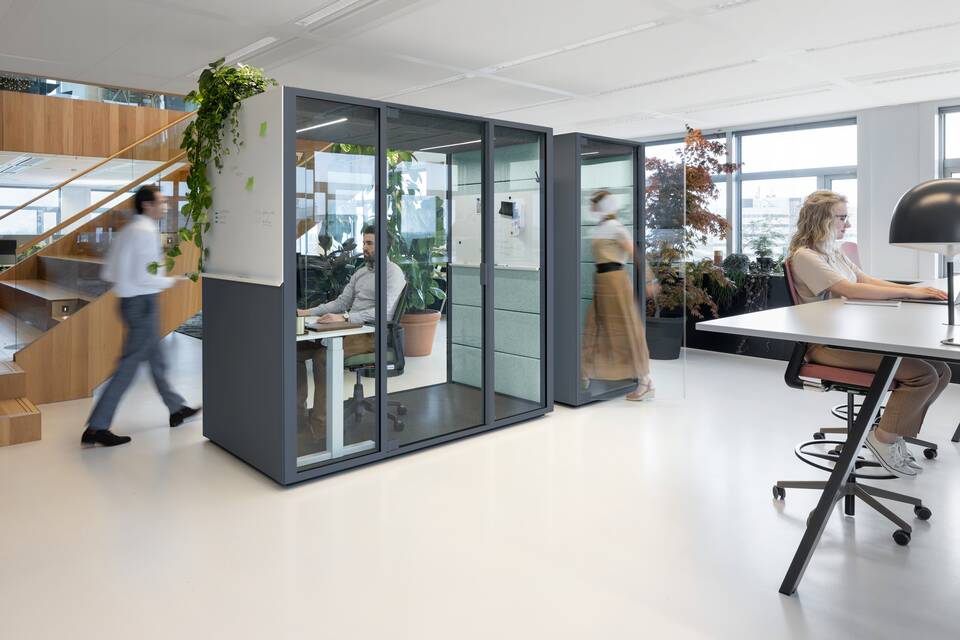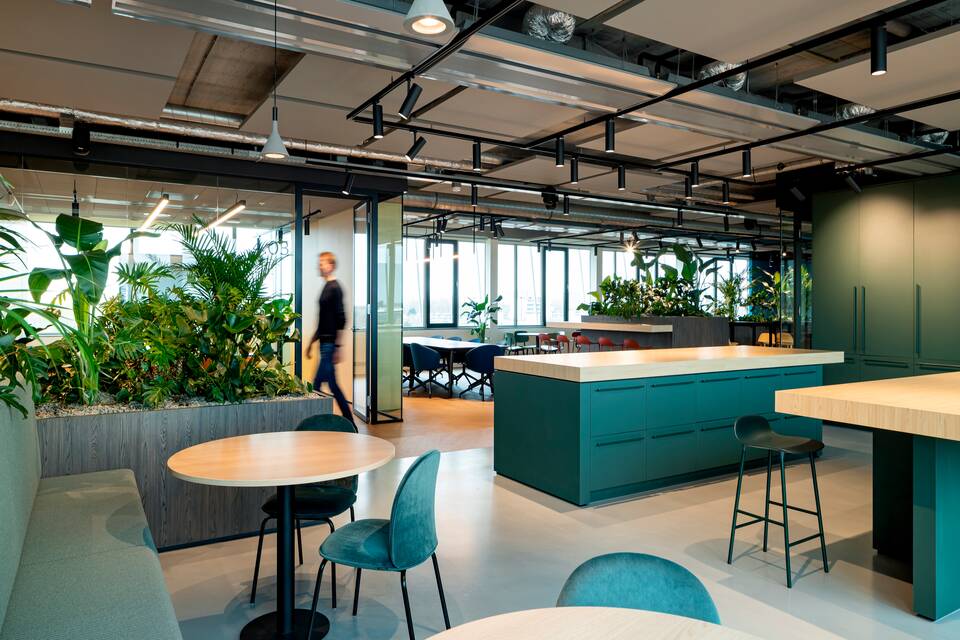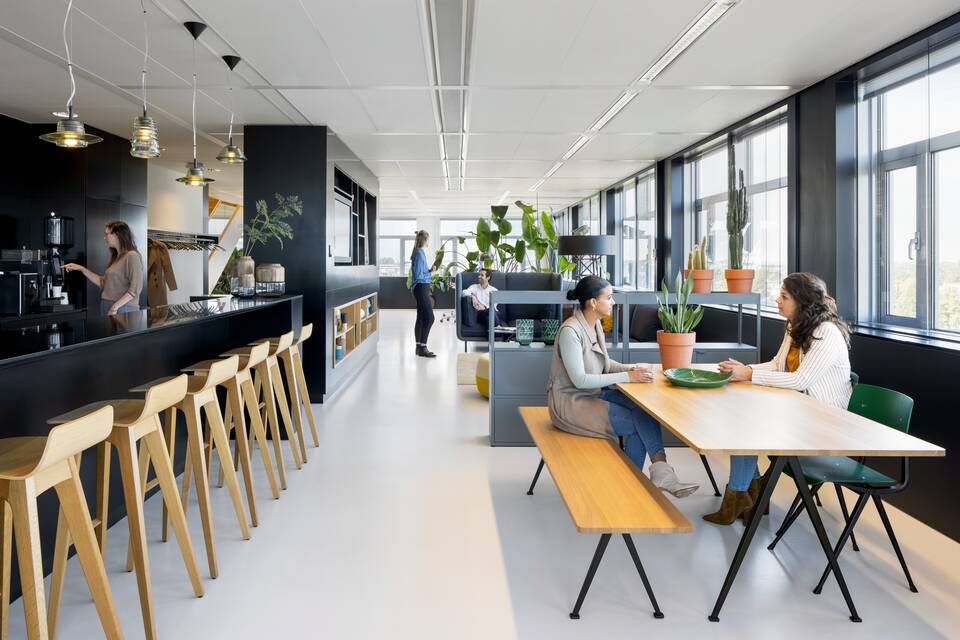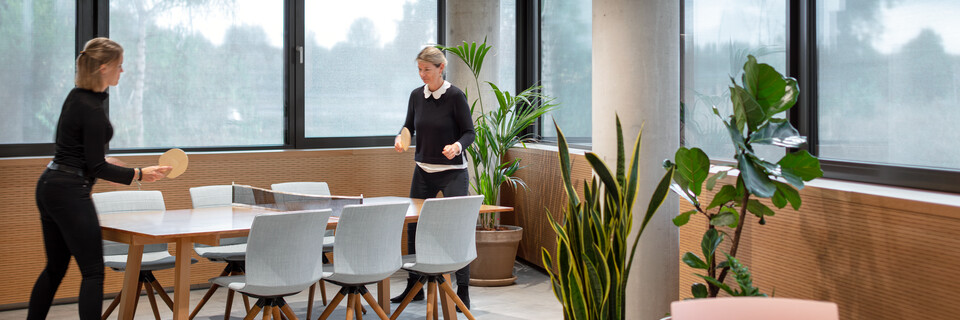
The well-being of employees
In a vitalising working environment, people feel good. Mentally and physically. The working environment addresses key needs such as inspiration, value, connection, support, inclusion and pride. To create a vitalising working environment that promotes well-being, a number of building blocks are important.
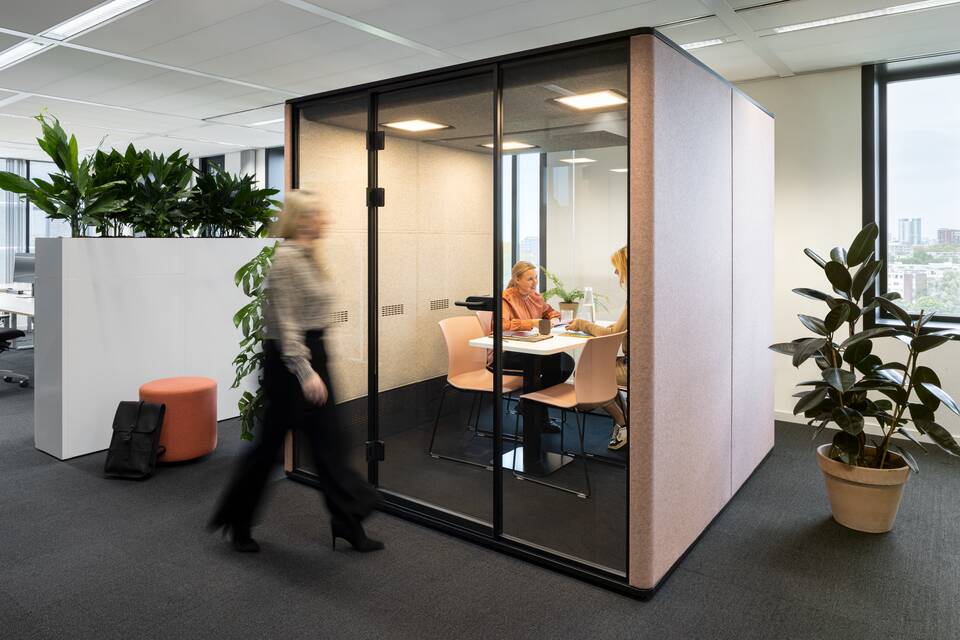
Connection
An important reason to come to the office is to stay connected with the organisation and colleagues. The vitalising working environment therefore focuses on attractively furnished spaces that encourage encounters. Whether for a meeting, presentation, coaching session or an informal conversation. The design fits in with the identity and culture of an organisation. And exudes the character of the organisation and what you stand for together.
Natural elements
A natural environment contributes positively to health. It helps you destress, encourages social contact and promotes wellbeing. Many natural elements therefore feature in the vitalising working environment. Like using colour in a way that imitates nature, or materials such as wood and stone. A vitalising working environment brings the outside in with lots of plants and greenery. And where possible, there will be a pleasantly furnished outdoor area, like a balcony or courtyard.
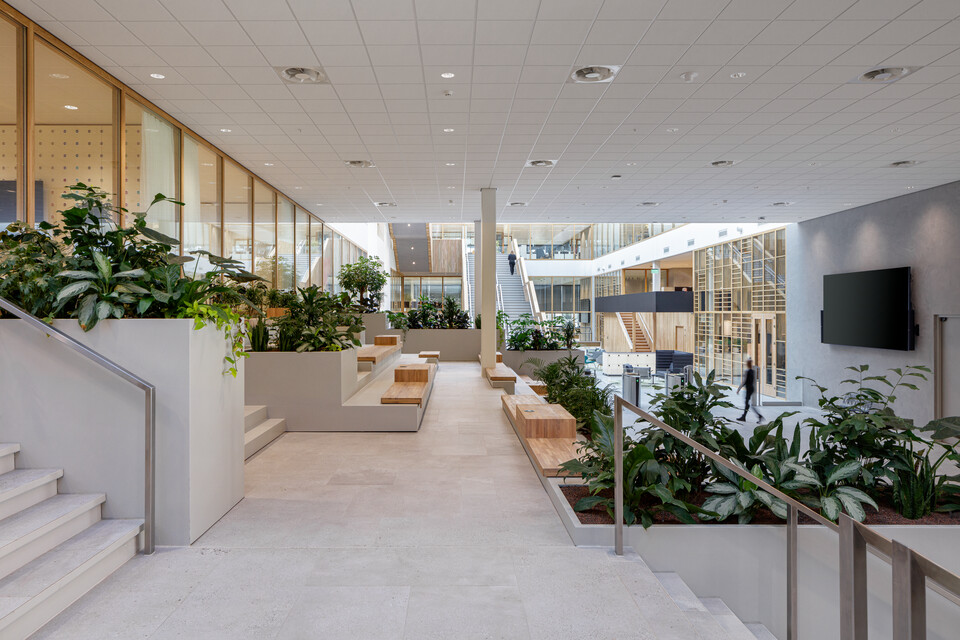
‘A natural environment helps you destress, encourages social contact and promotes wellbeing.’
Light and air
Natural light and views have a positive influence on people's well-being, productivity and energy levels. The vitalising working environment therefore uses natural light. If this is limited, lighting that mimics nature is chosen to match biorhythms. In addition to light, fresh air is a prerequisite for a productive working day. That is why the vitalising working environment has good ventilation. This provides a continuous flow of air that is rich in oxygen. In this way, people are working more comfortably, remain energetic and productive.
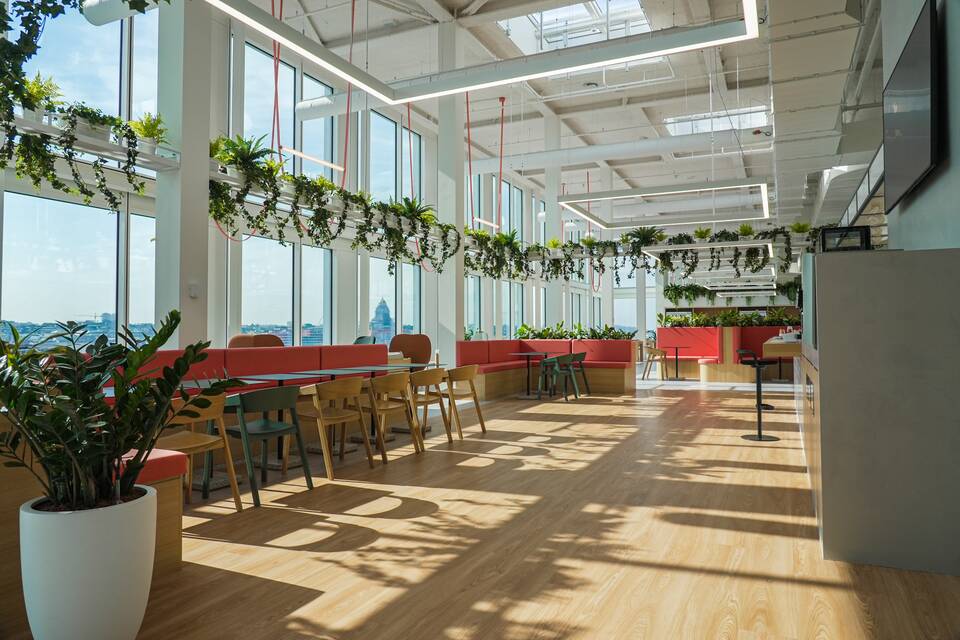
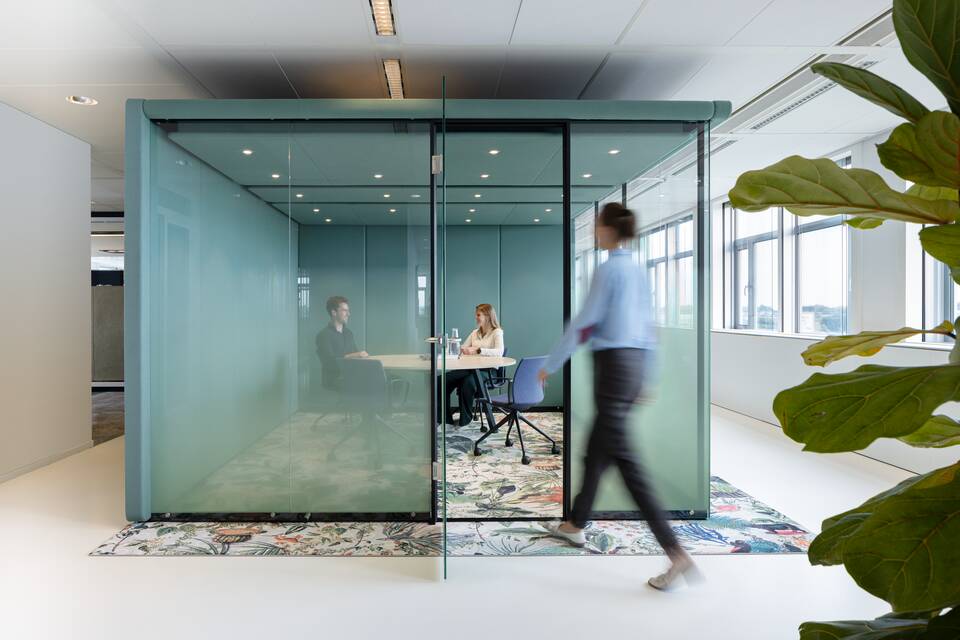
Acoustics
Good acoustics determine the comfort of the workplace and the productivity of employees. In a room with poor acoustics, productivity drops by 66% and the health risk of cardiovascular disease and stress increases. That is why good acoustics are indispensable in the vitalising working environment. There are, for instance, acoustic boxes, workstations are that are separated by acoustic barriers and ceilings and walls are fitted with acoustic material. This provides more peace and privacy and reduces stress.
Ergonomics
If employees feel mentally and physically healthy, the work atmosphere and motivation improve and absenteeism goes down. Good ergonomics make a significant contribution here. In a vitalising working environment a lot of attention is therefore paid to encouraging a healthy approach to work with plenty of variety. For example, with sit-stand desks, ergonomic office chairs and workplace knudging - little nudges to get people moving, literally and figuratively.
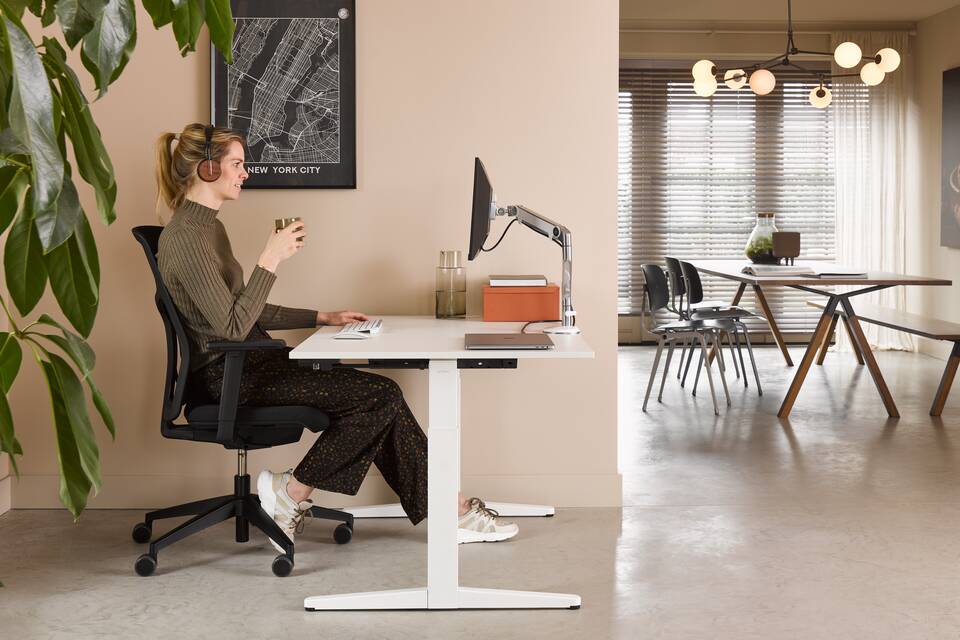
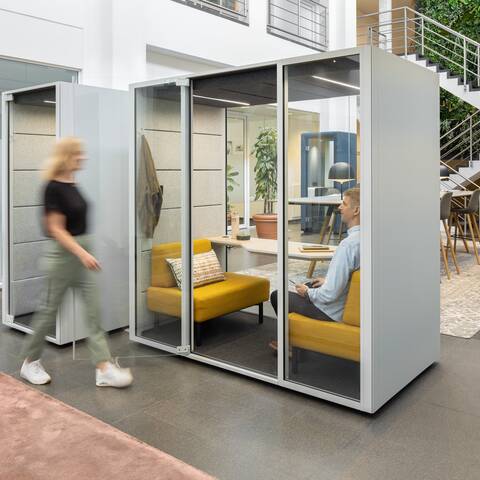
A-moment-for-yourself spaces
With open-plan offices, flexible workplaces and multimedia, people have more reason than ever to keep going. An absence of calm increases the risk of burnout and reduces well-being, learning and creativity. Being able to work undisturbed is therefore a must. The vitalising working environment provides that. For example, with soundproofing boxes, where people can make calls or work undisturbed. Or with a seating area with lounge sofas to grab a quiet moment for yourself. This way people recharge and feel more energised, and performance increases.
Other points of interest
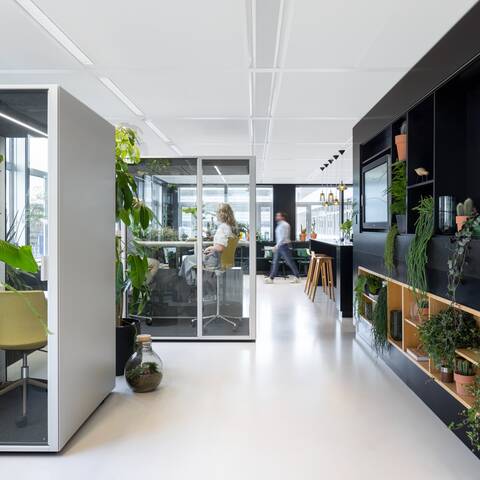
We are happy to help you plan!
Would you like to know more? Contact us for advice without obligation.
More information